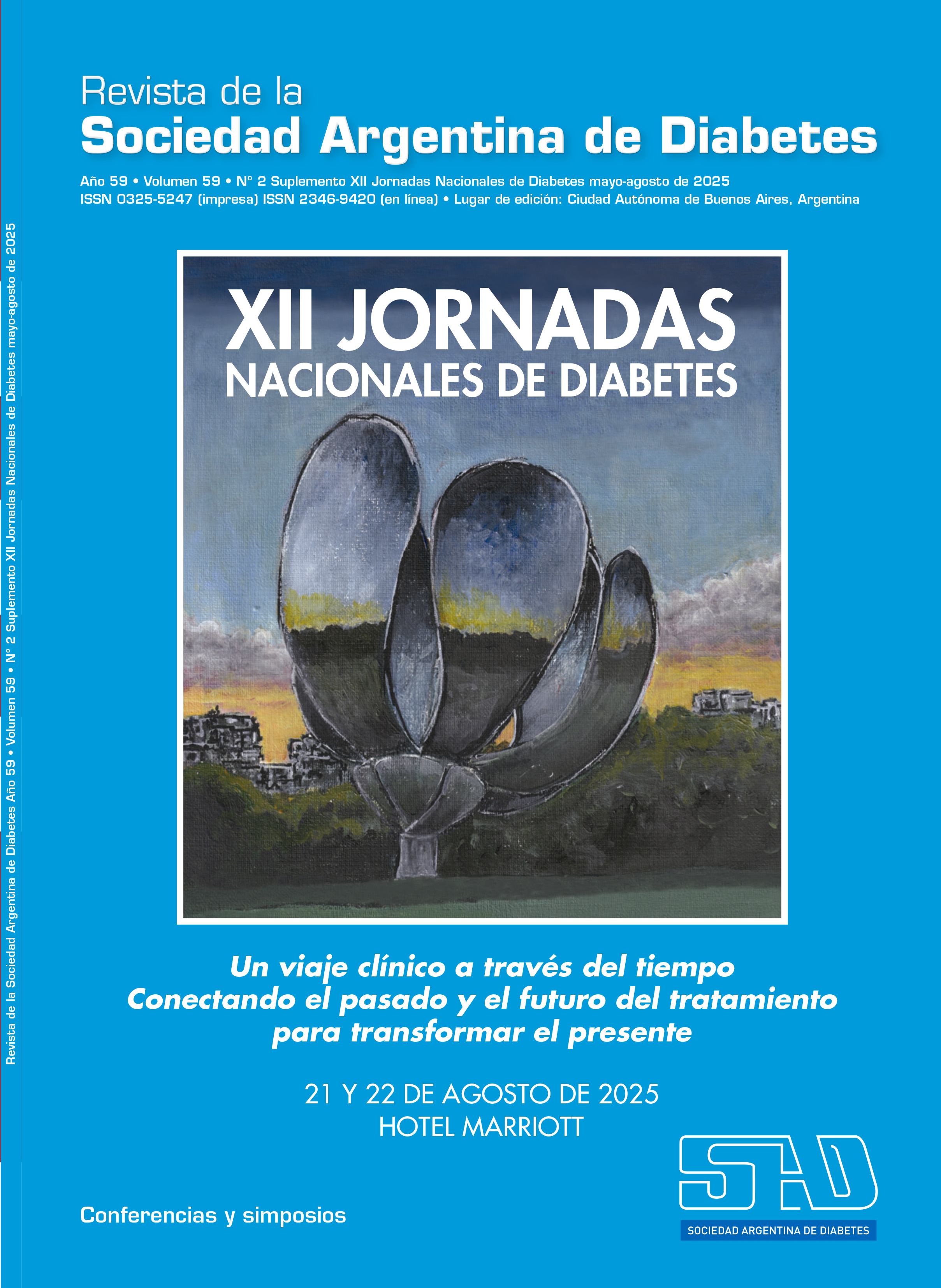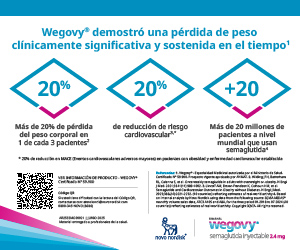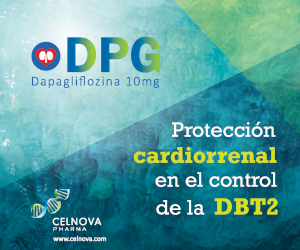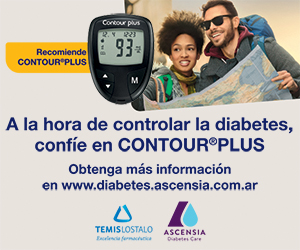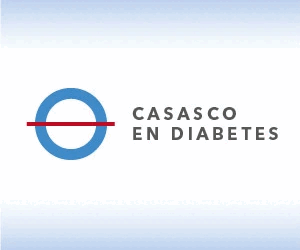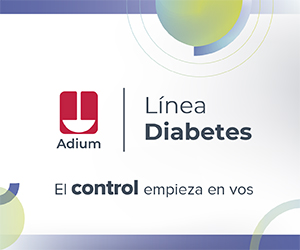Pregnancy with diabetes: future impact on target organs
DOI:
https://doi.org/10.47196/diab.v59i2Sup.1230Keywords:
pregnancy, type 1 diabetesAbstract
Over the past 30 years, we have witnessed enormous changes in the field of diabetes in pregnancy, with a significant increase in the number of pregnancies in women with pregnancies with type 1 diabetes. Type 1 diabetes in pregnancy has increased by 40%. This situation increases the risk of adverse maternal and child health consequences during pregnancy, as well as in the short and long term.
Pregnancy is often considered a natural cardiovascular stress test due to the physiological, hemodynamic, and metabolic adaptations necessary for fetal development. However, adverse pregnancy outcomes (APOs), such as hypertensive disorders of pregnancy (HDP), preterm birth, and low birth weight for gestational age (LBW), can be effective markers of future risk for atherosclerotic cardiovascular disease (ASCVD), heart failure, stroke, chronic kidney disease (CKD), and vascular dementia, and will identify women who will require increased postpartum care and follow-up.
Women with diabetes have a two- to four-fold increased risk of a hypertensive pregnancy and up to six-fold increased risk of preeclampsia (PE) compared with women without diabetes; the risk is especially high in patients with kidney disease. In Mesa's (2025) study, preeclampsia was a strong independent predictor of atherosclerosis progression over a 5-year follow-up period, with an additive effect of type 1 diabetes. In fact, a woman with type 1 diabetes has a 10% to 20% risk of developing eclampsia (PE) during her first pregnancy. This risk increases with the presence of kidney disease: 42% of women with type 1 diabetes and microalbuminuria, and 64% of those with macroalbuminuria, develop PE during pregnancy.
While kidney disease is the most important risk factor for the development of PE in women with type 1 diabetes, other risk factors have also been shown to play a role. These factors are similar to those in the general population and include nulliparity, a history of PE, chronic hypertension, retinopathy, and duration of diabetes. The prevalence of nephropathy is eight times higher in women with diabetes and prior PE compared to those with normal blood pressure during pregnancy. During pregnancy, retinopathy temporarily worsens in 17–70% of women with type 1 diabetes. This risk increases with the duration of diabetes, poor glycemic control, and high blood pressure. The changes observed in the retina may be related to inflammation and endothelial dysfunction.
In addition to these complications present in the patient in this case, she has central obesity with a BMI of 32.4, and there is considerable evidence referring to the effects of maternal obesity on placental adaptation and fetal reprogramming, leading to changes in target organs and impacting future child health with a risk of childhood obesity, neuropsychiatric disorders, and altered hematopoietic stem cell (HSPC) function. This alteration in maternal metabolism can lead to cardiovascular disease in offspring through possible mechanisms involving mitochondrial changes, increased reactive oxygen species, and epigenetic changes such as DNA methylation and histone modification, which can be similarly transmitted to the next generation.
After pregnancy, all women with diabetes and a history of hypertension should be monitored for the development of microangiopathies, chronic hypertension, and dyslipidemia, and receive early and appropriate treatment.
References
I. Widyaputri F, Rogers S, Lim L. Global estimates of diabetic retinopathy prevalence and progression in pregnant women with preexisting diabetes. A systematic review and meta-analysis. JAMA Ophthalmol 2022;140;(5):486494. doi:10.1001/jamaophthalmol.2022.0050.
II. Lewey J, Beckie TM, Brown HL, Brown SD, et al. Opportunities in the postpartum period to reduce cardiovascular disease risk after adverse pregnancy outcomes. A scientific statement from the American Heart Association. Circulation 2024;149:e330–e346. DOI: 10.1161/CIR.0000000000001212.
III. Mesa A, Puig-Jové C, Pané A, et al. Preclampsia as an independent predictor of aterosclerosis progression in women with type 1 diabetes: a 5 years prospective study. Cardiovasc Diabetol 2025 Apr 9;24(1):160. doi: 10.1186/s12933-025-02719.
IV. Kaaja R, Gordin D. Health after pregnancy in the mother with diabetes. Womens Health (London) 2015;11(4). doi: 10.2217/WHE.15.29.
Downloads
Published
Issue
Section
License
Copyright (c) 2025 on behalf of the authors. Reproduction rights: Argentine Diabetes Society

This work is licensed under a Creative Commons Attribution-NonCommercial-NoDerivatives 4.0 International License.
Dirección Nacional de Derecho de Autor, Exp. N° 5.333.129. Instituto Nacional de la Propiedad Industrial, Marca «Revista de la Sociedad Argentina de Diabetes - Asociación Civil» N° de concesión 2.605.405 y N° de disposición 1.404/13.
La Revista de la SAD está licenciada bajo Licencia Creative Commons Atribución – No Comercial – Sin Obra Derivada 4.0 Internacional.
Por otra parte, la Revista SAD permite que los autores mantengan los derechos de autor sin restricciones.



